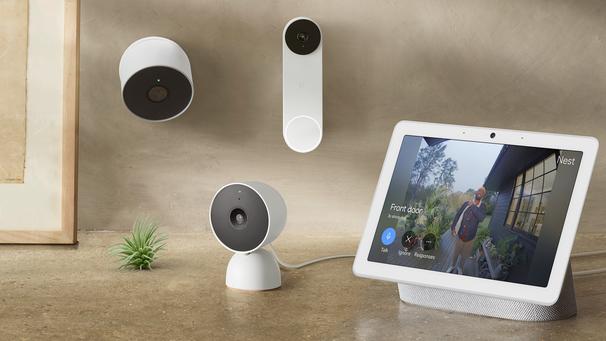Chances are, if you’re reading this article, you have at least one smart home device in your household. After all, according to several studies on the topic, nearly half of U.S. households currently have at least one. From smart speakers and connected thermostats to light bulbs and video cameras, these gadgets have quickly moved from cutting edge to mainstream.
If you have multiple smart devices in your home, you’ve likely discovered what’s keeping much of the remaining half of U.S. households from buying their first one. It’s hard to make them work together. Instead of realizing the dream of a seamless Internet of Things (IoT), you’ve probably ended up with my favorite take on that acronym: Isolated Islands of Technology.
Part of the problem is that there are multiple large companies vying to maintain control over smart homes due to the large business opportunity and influence that this category of products is expected to have over the coming years. While competition has clearly been a great thing for driving important innovations in the tech world overall, when it comes to getting devices optimized for different ecosystems to work together, well, things can get tough. In other words, getting Amazon Alexa-focused devices to work with Google-powered Nest devices through an Apple-created app on your iPhone is often way more trouble than it’s worth.
TALKING TECH NEWSLETTER:Sign up for our guide to the week's biggest tech news

Thankfully, big (and small) players in the smart home market recognized this challenge a few years back and started working on a single smart home standard that’s expected to solve these kinds of interoperability issues. Now called Matter (a vast improvement over the original Project Connected Home over IP, or CHIP, standard) and expected to be finalized and released this year, this smart home connectivity standard is being supported by big ecosystem vendors including Amazon, Apple and Google, as well as device companies ranging from Dyson and GE Lighting to Samsung and Sonos.
Matter is designed to make it easy to mix and match devices from different vendors and have them all be controlled and/or coordinated by applications that can run across a range of devices. In other words, with Matter-compatible devices and software, everything should just work. Plus, many of the capabilities of the Matter protocol are designed to work without requiring an internet connection.
HELP!Tips for setting up your smart home
While it certainly made sense to leverage the cloud-computing capabilities of early connected smart home devices, potential privacy and security concerns have become significantly more important issues since they were first introduced. Today, many homeowners would prefer that information about the activities or devices they use in their homes are not shared across the internet, and Matter will enable that capability as well.
This is particularly important for smart homes, because many of these devices are more appliance-like – meaning they are essentially built into homes – making the process of replacing them significantly more involved than just upgrading your smartphone or PC to the latest model. Again, realistically, this is going to take some homework on your part to determine if you can find the right gateway/bridge device for the smart home gadgets you already own – or, at the very least, the ones you really don’t want to have to replace.
The promise of smart home technology has always been an appealing one, and even many of the early efforts have dramatically changed how some people do certain activities or interact with their homes. At the same time, the smart home market has never achieved the level of success that many initially predicted it would because of the frustrations involved in trying to get multiple devices to work together.
Thankfully, given all the industry efforts and the range of participants behind the Matter standard, it looks like some of the promise of a Jetsons-like smart home could now really come to life.








